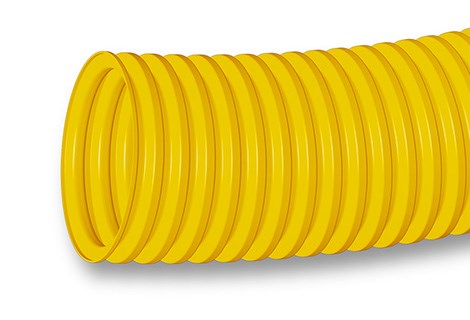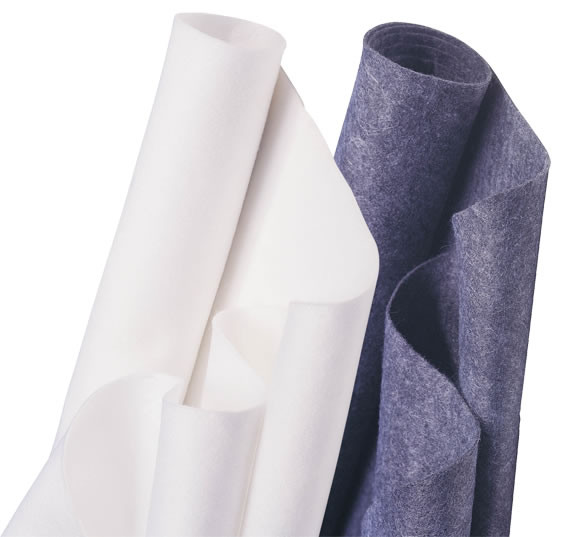Drainage Pipes




PVC Drainage Systems
PE Drainage Systems
Drainage Pipe Felt
Tunnel Type Drainage Pipe
Blutech Technology PVC Drainage Pipes
Yellow Color Drainage Pipe Feature
PVC Drainage Systems
Inkor Group‘s plastic product range is produced in diameters of 80-200 mm. PVC Drainage Pipes produced from PVC-U raw material are shipped in coils.
- In agriculture, removal of unwanted water from the land
- In the reclamation works of muddy and loamy lands
- In the infrastructure of grass sports complexes
- In shoulder drainage of highways
- It is successfully used in the protection of buildings and constructions that have water in their foundations.
The lifespan of PVC-U Drainage Pipes, which can be used with high confidence under harsh chemical conditions, is at least 50 years.
PE Drainage Systems
It is produced in diameters of Ø 200-400 mm in the plastic product range. Triplex perforated drainage pipes produced from HDPE raw material are produced in 7 m length. Joining in the field is done with a sleeve.
Inkor Grup PERFORATED DRAINAGE PIPES;
- In agriculture, removal of unwanted water from the land
- In the reclamation works of muddy and loamy lands
- In the infrastructure of grass sports complexes
- In shoulder drainage of highways
- It is successfully used in the protection of buildings and constructions that have water in their foundations.
Drainage Pipe Felt
It is a durable, flexible, easy-to-apply nonwoven structure formed as a result of mechanical bonding of synthetic fibers by needling method. Since it consists of synthetic fibers, it provides maximum resistance against decay. It is resistant to damage that may occur during application.
Tunnel Type Drainage Pipe
| Diameter (mm) | Lenght (m) |
| 160 | 6 |
| 200 | 6 |
Blutech Technology PVC Drainage Pipes
| Diameter (mm) | Lenght (m) |
| 80 | 100 |
| 100 | 100 |
| 125 | 50 |
| 160 | 50 |
| 200 | 25 |
Yellow Color Drainage Pipe Feature
| Diameter (mm) | Lenght (m) |
| 80 | 100 |
| 100 | 100 |
| 125 | 50 |
| 160 | 50 |
| 200 | 25 |
